Multiwavelength Astronomy: Observational astronomy has dramatically evolved over the last few decades as a result of the opening up of new observing windows in the electromagnetic spectrum and of the development of efficient and large area solid-state detectors. This exponentially increasing wealth of multi-wavelength data has deeply changed the way observational astronomers now tackle scientific problems. The former paradigm, based on using data collected in a single narrow range of wavelength with a dedicated instrument, has clearly evolved toward a systematic fully multi-wavelength approach. In fact, our understanding of the physics of stars and galaxies now essentially rests on the modelling of their electromagnetic spectrum over the widest range of frequencies, spanning radio to TeV γ-rays . The pictures below, showing the Galaxy CentaurusA, highlight the different features revealed by observations done in various wavelengths.
| Radio | InfraRed | Visible | UltraViolet | X-ray | Gamma |
|---|---|---|---|---|---|
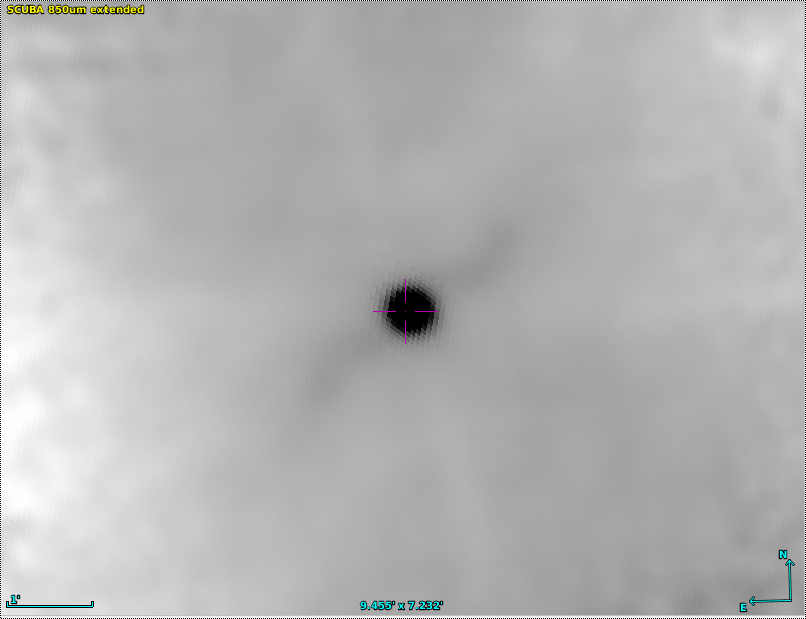 |
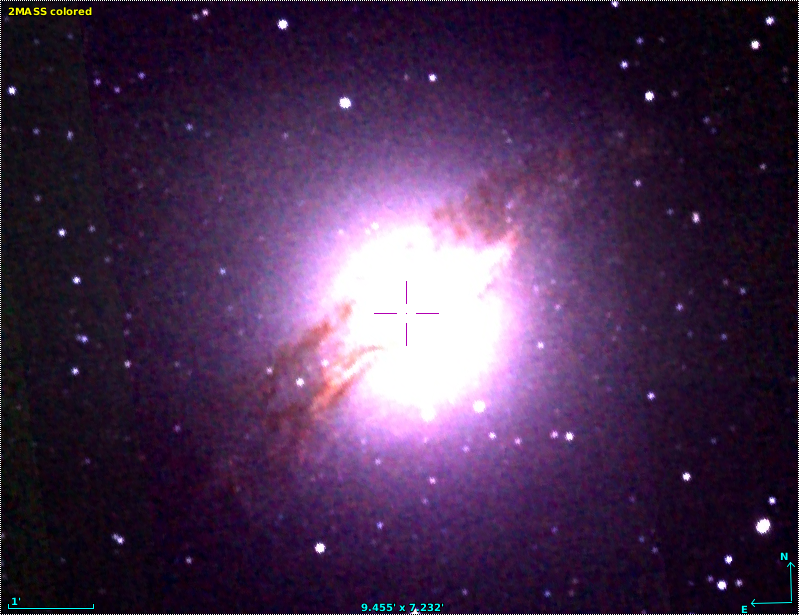 |
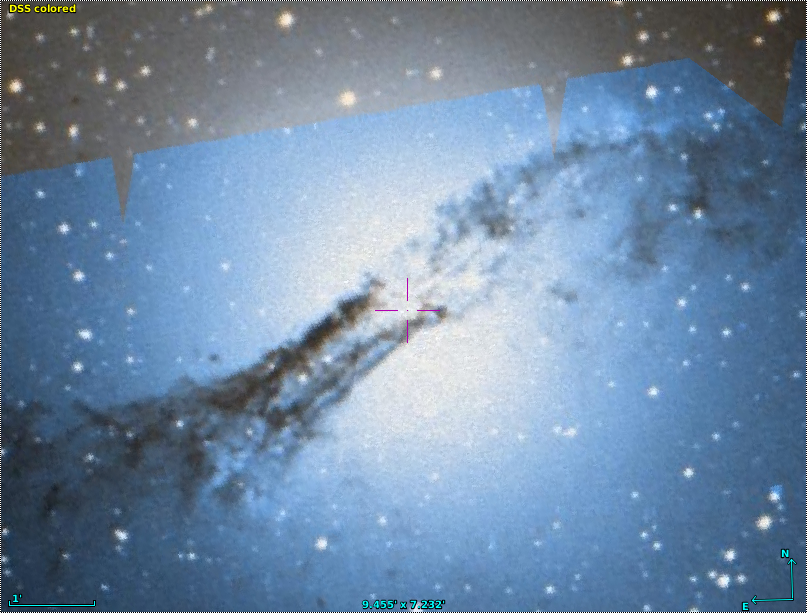 |
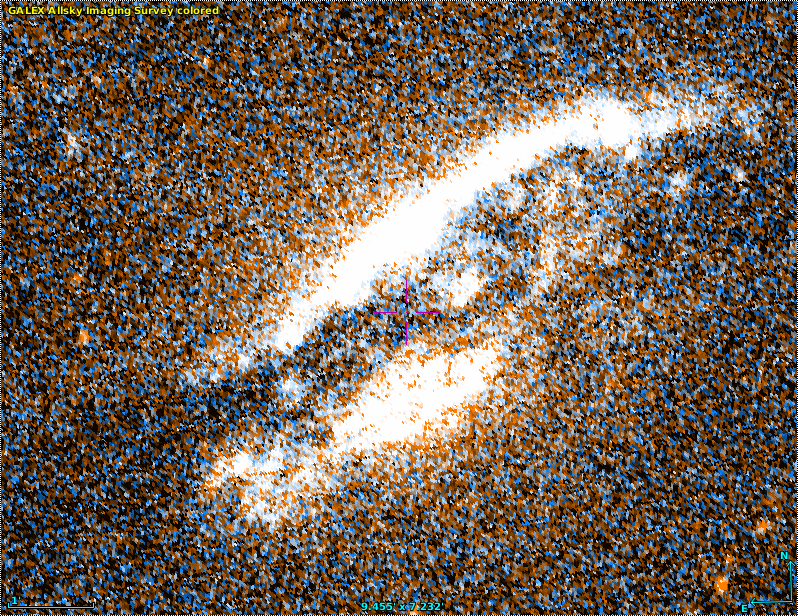 |
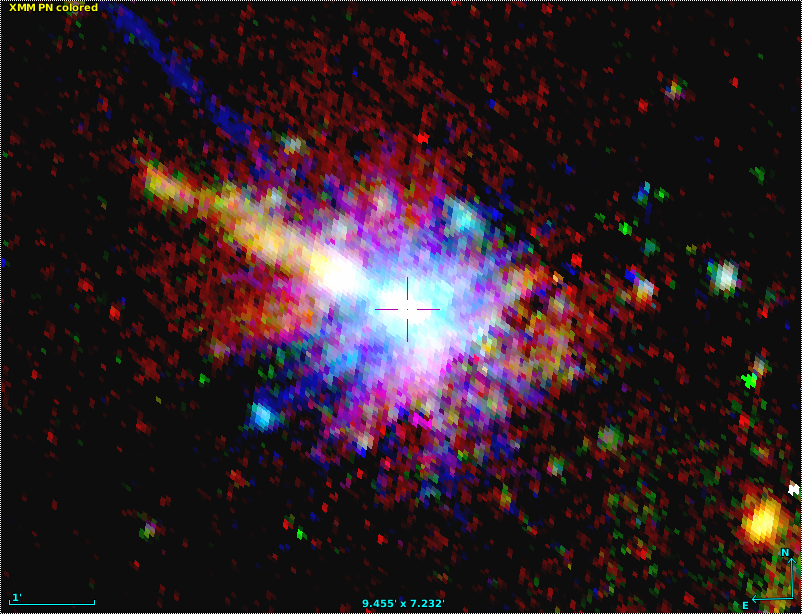 |
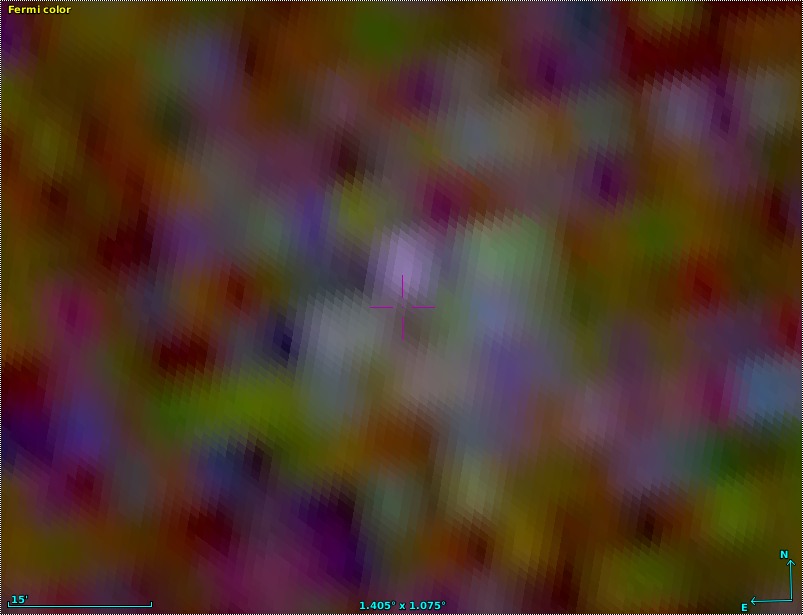 |
| Scuba (850um) | 2MASS (2um) | DSS | Galex | XMM-Newton | Fermi (~GeV) |
| Images extracted from the the all sky views (HiPS) available in the CDS Aladin sky atlas | |||||
Arches Project: The overall goal of Arches consists of enhancing one of the key astrophysical databases of the European Space Agency (ESA) hosted at ESAC (European Space Astronomy Centre), the XMM-Newton X-ray catalogue, in order to enrich its value and potential for research, essentially by bringing to it the relevant, scientifically validated multi-wavelength products. We will create a catalogue containing the XMM-sources cross-identified with the best archival astronomical catalogues so as to cover the widest range in wavelength. These cross-matches will then be used to build diagrams representing the source brightness in all energy bands. fully calibrated spectral energy distributions (SEDs).
| SED of the star HD 119682 | |
|---|---|
 |
|
| This diagram shows a star spectral energy distribution in the InfraRed band.
This is a start of type Be.
From left to right: the X-ray view, the IR view at 2µm, a composite IR view at 3.6/4.5/8µm, the SED plot |
|
| Image created by A. Nebot | |
Arches Targets: The quality of these products we will validated by using them in the framework of a small number of pilot projects tackling forefront astrophysical topics, providing the route for further enhancement.
more....
more....
more....